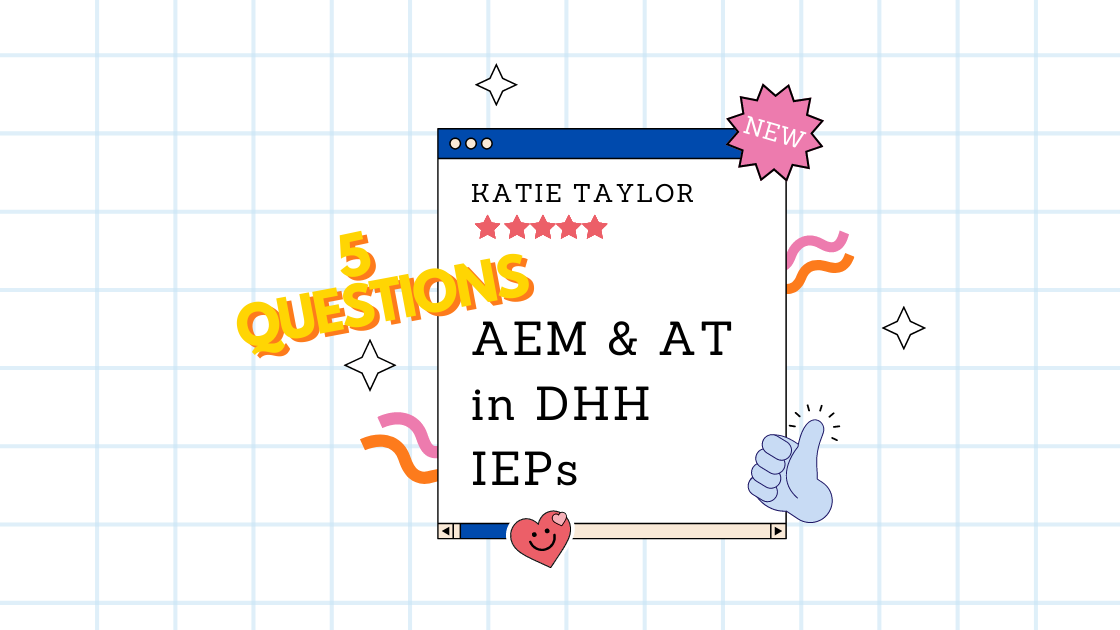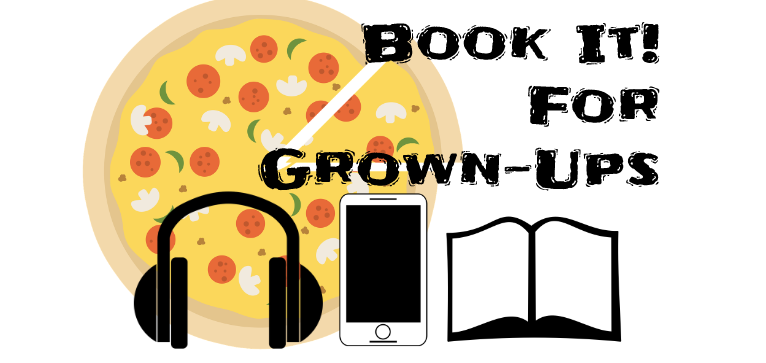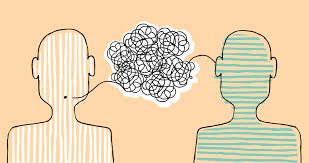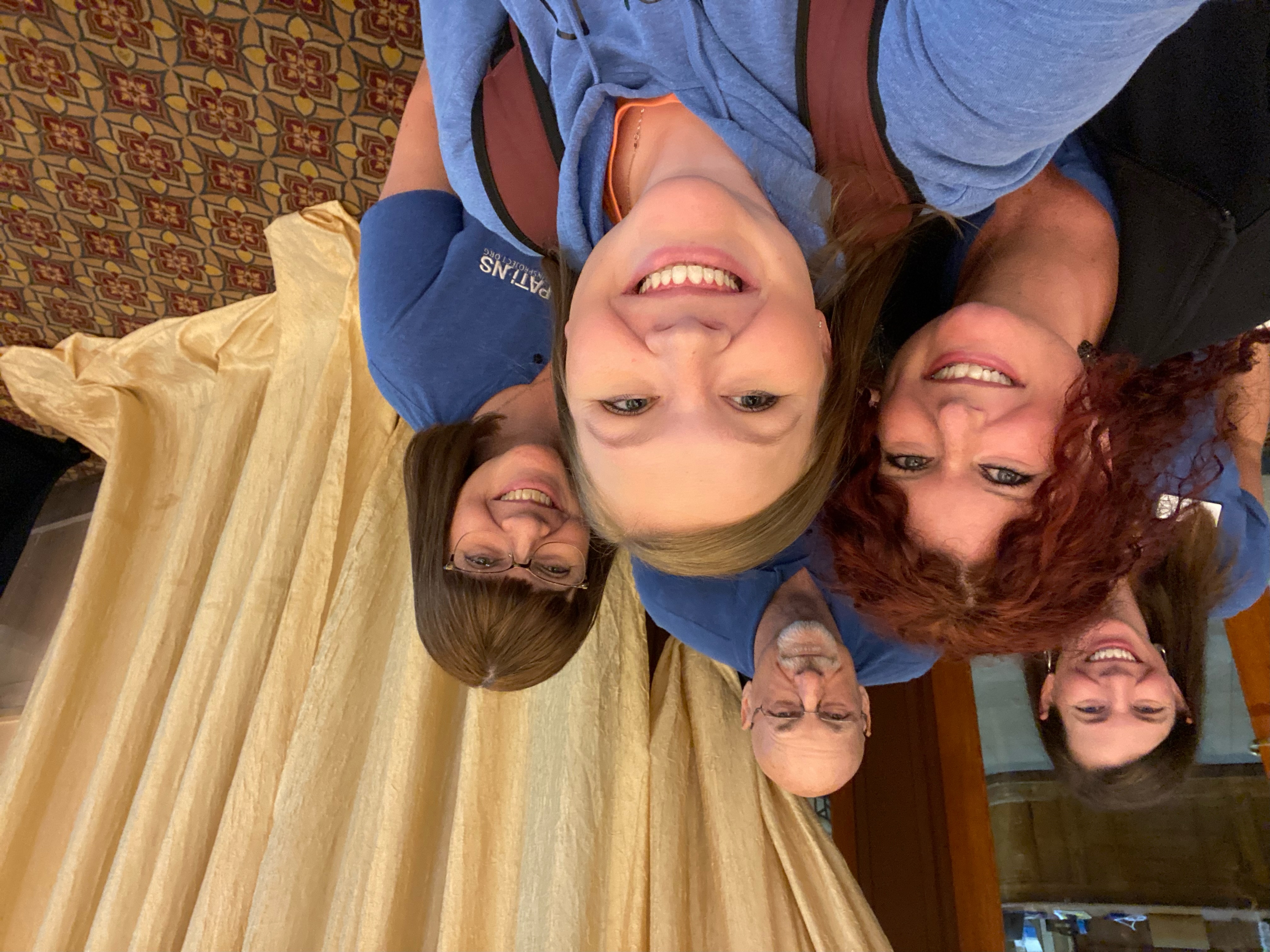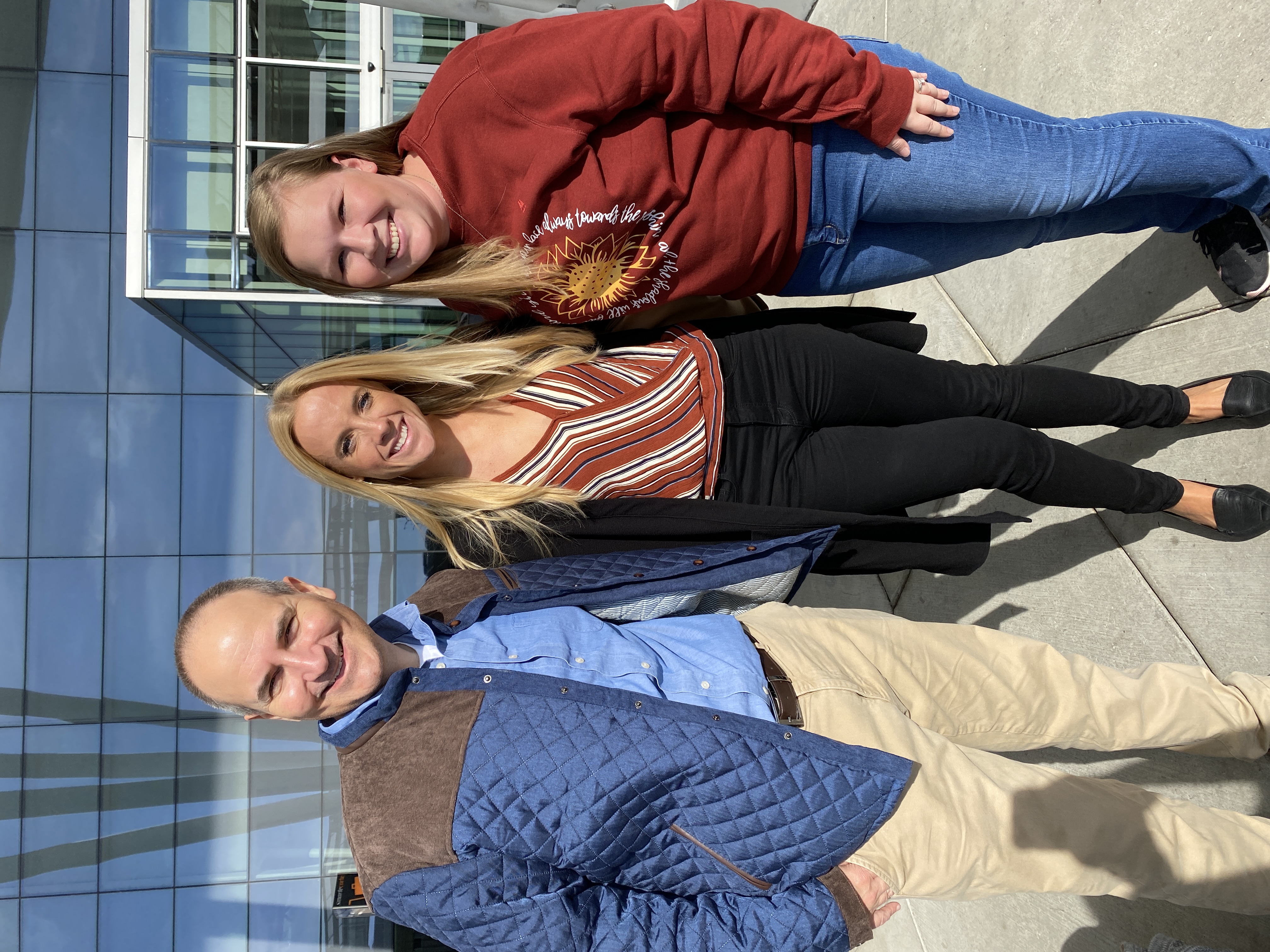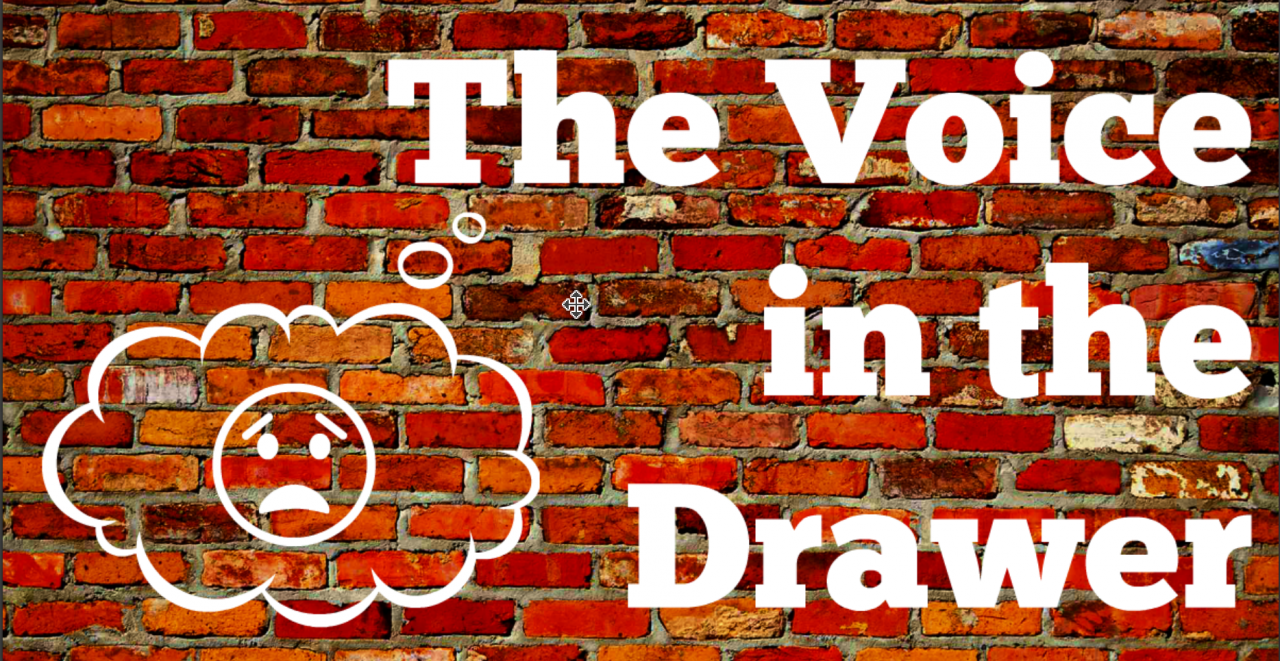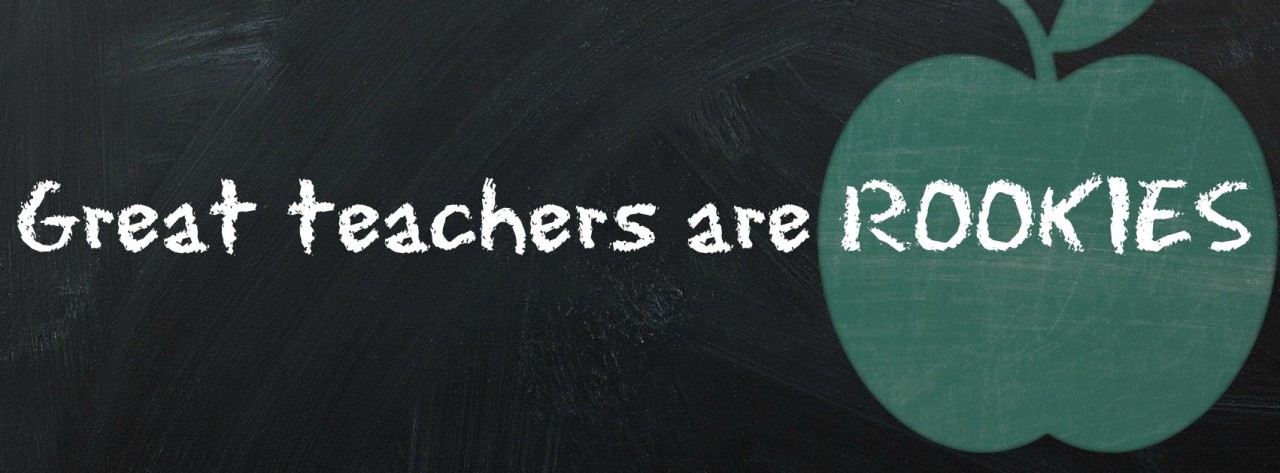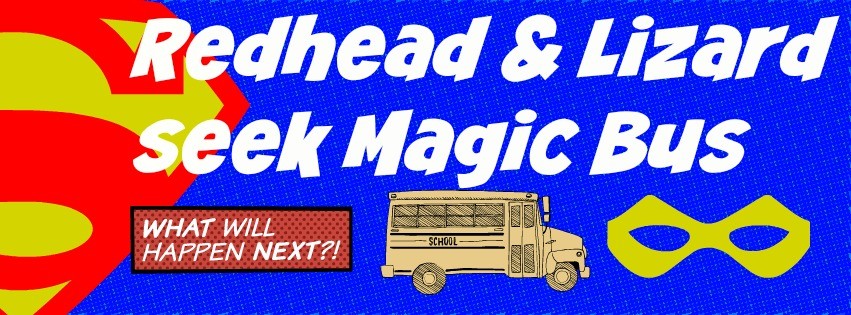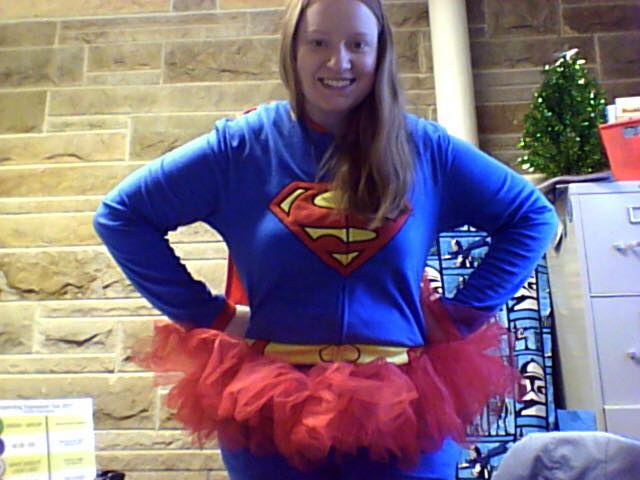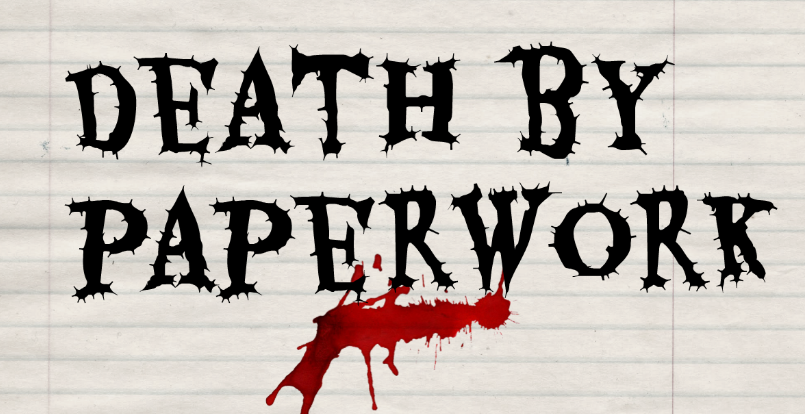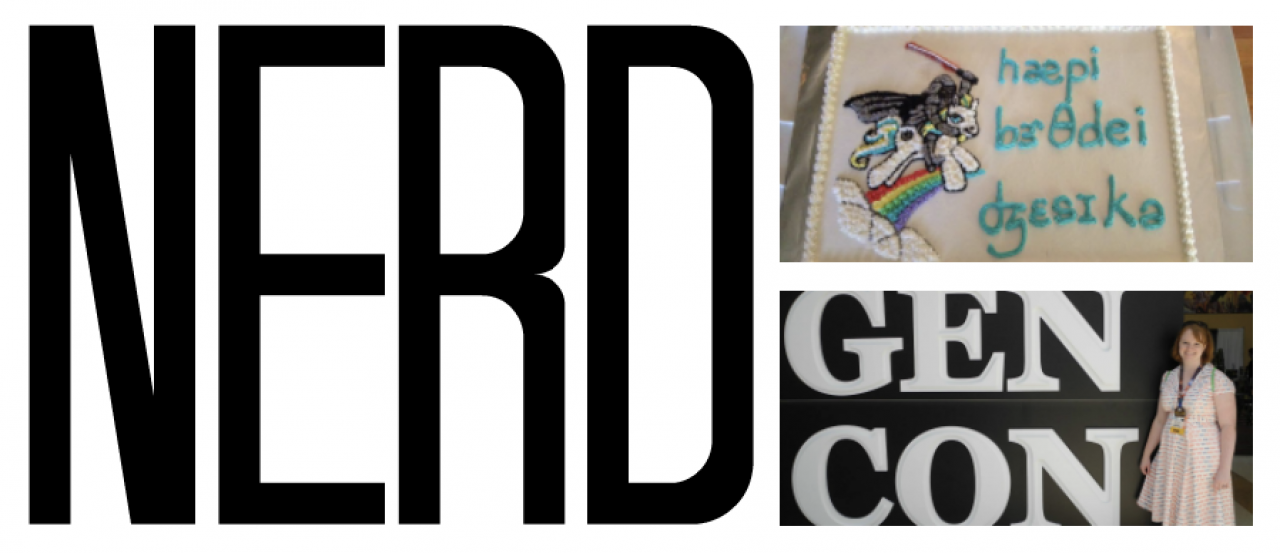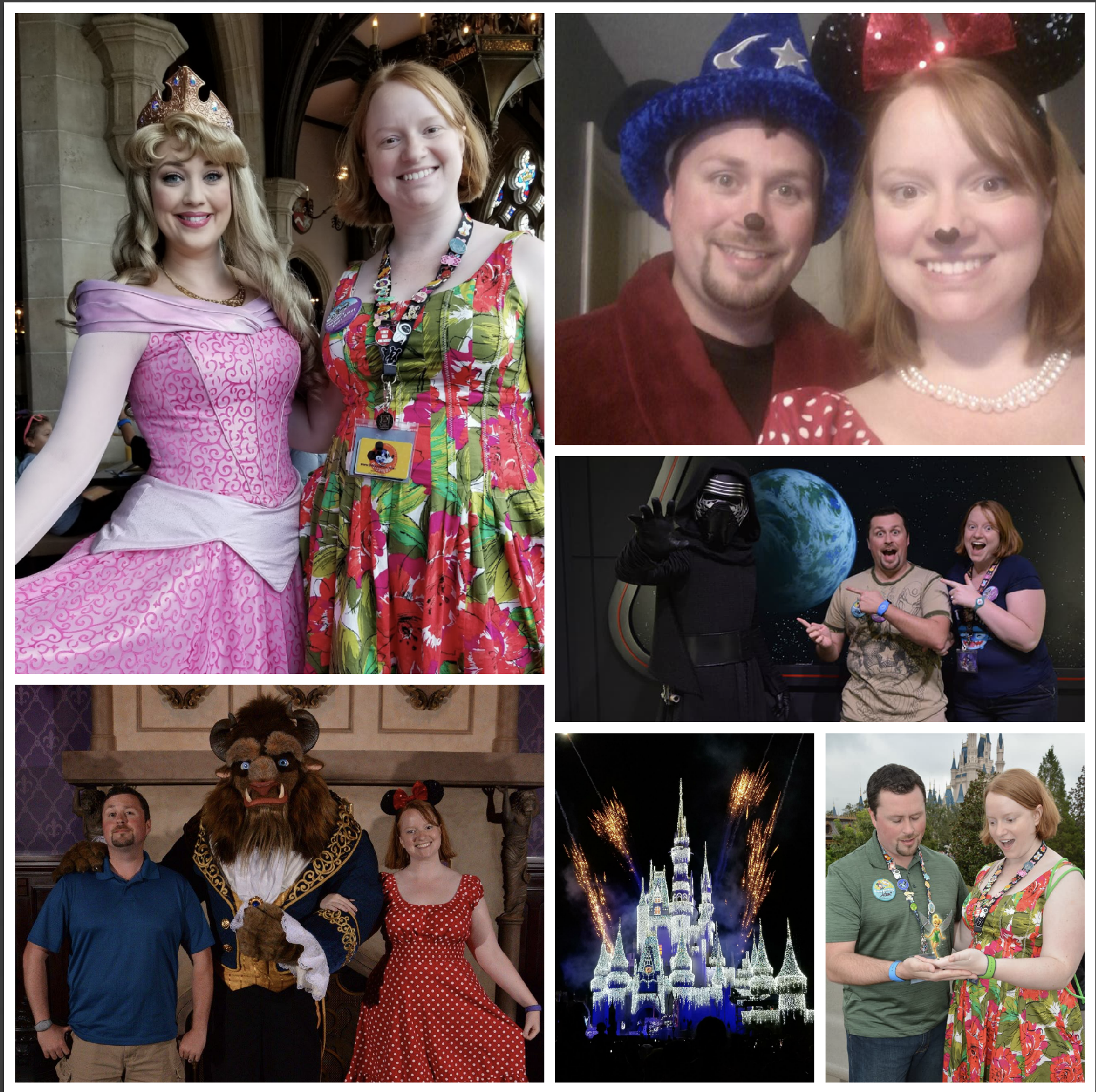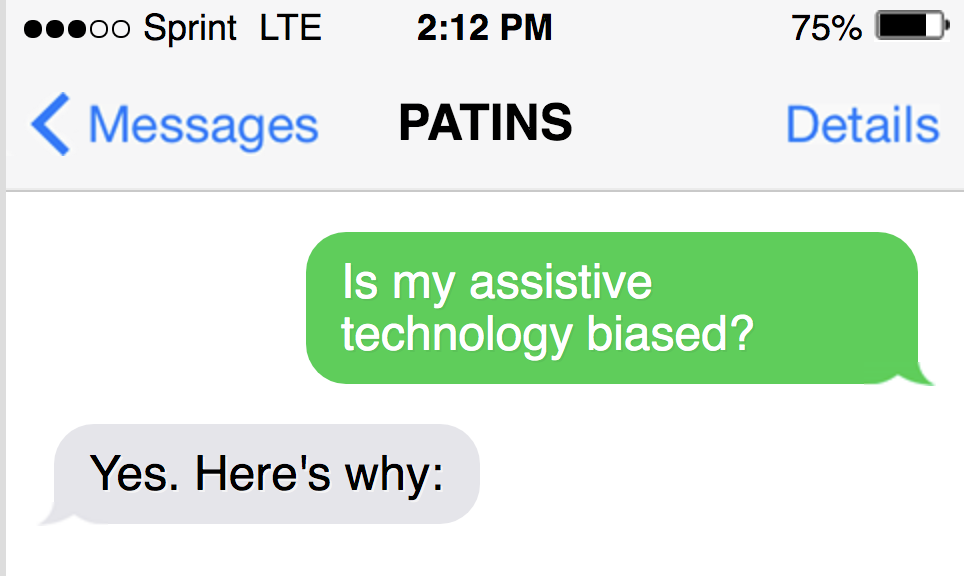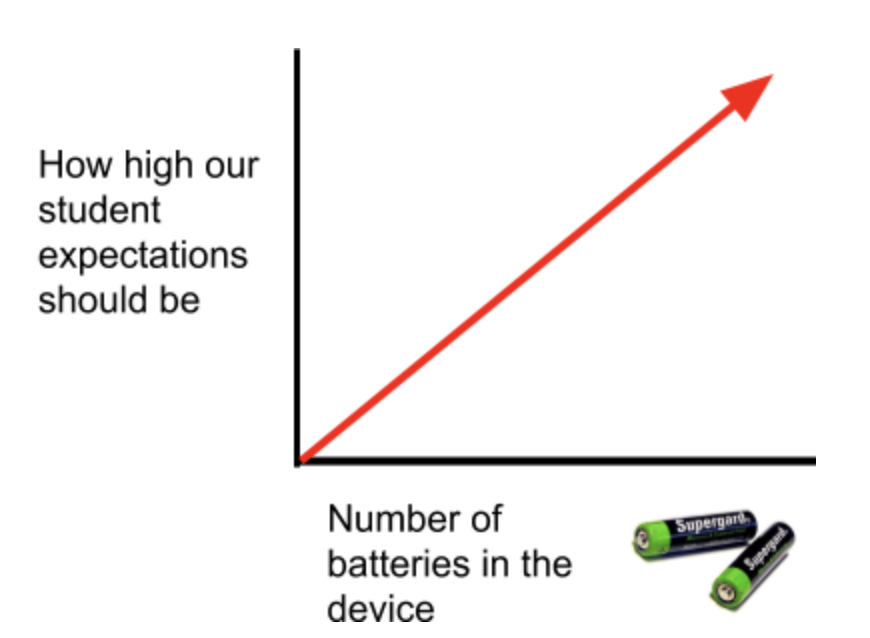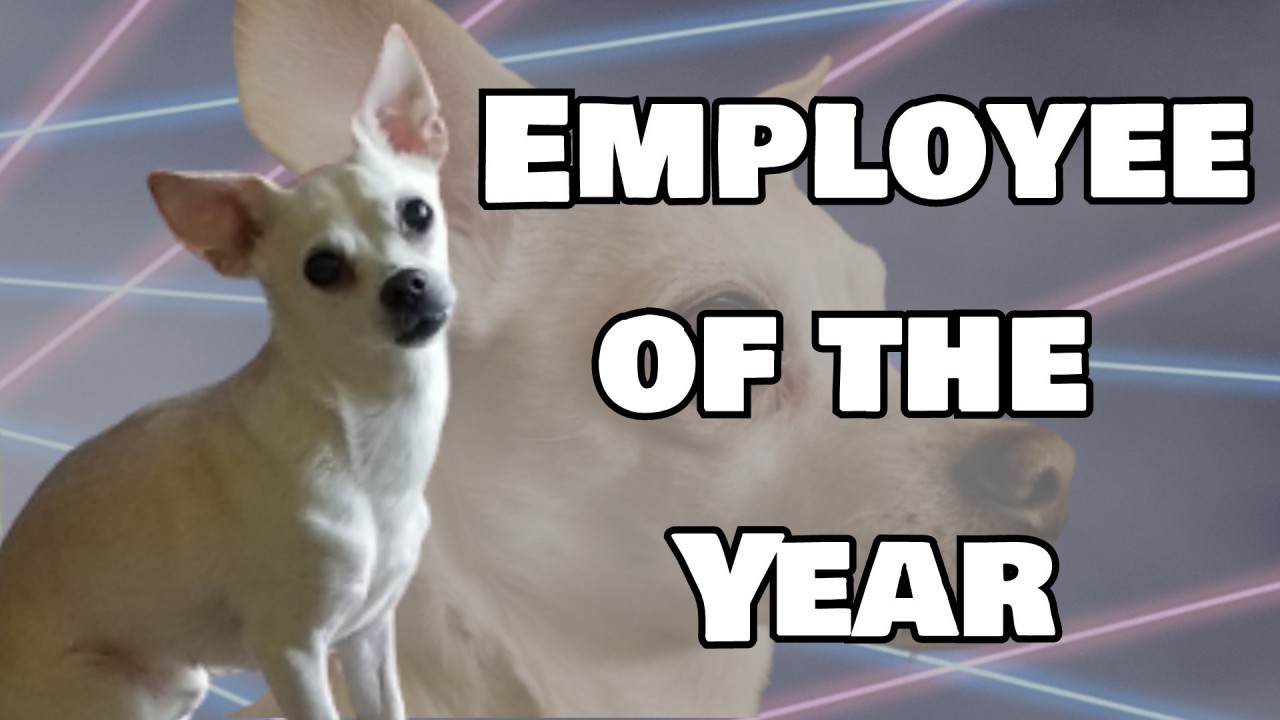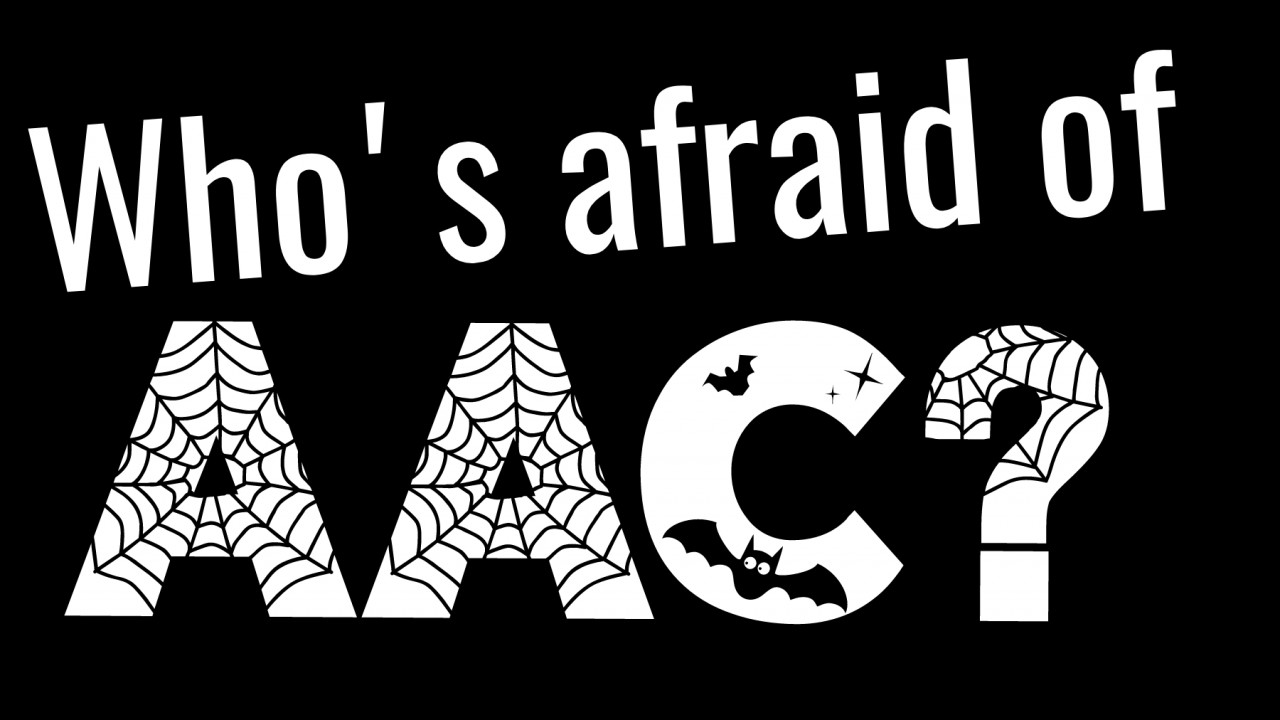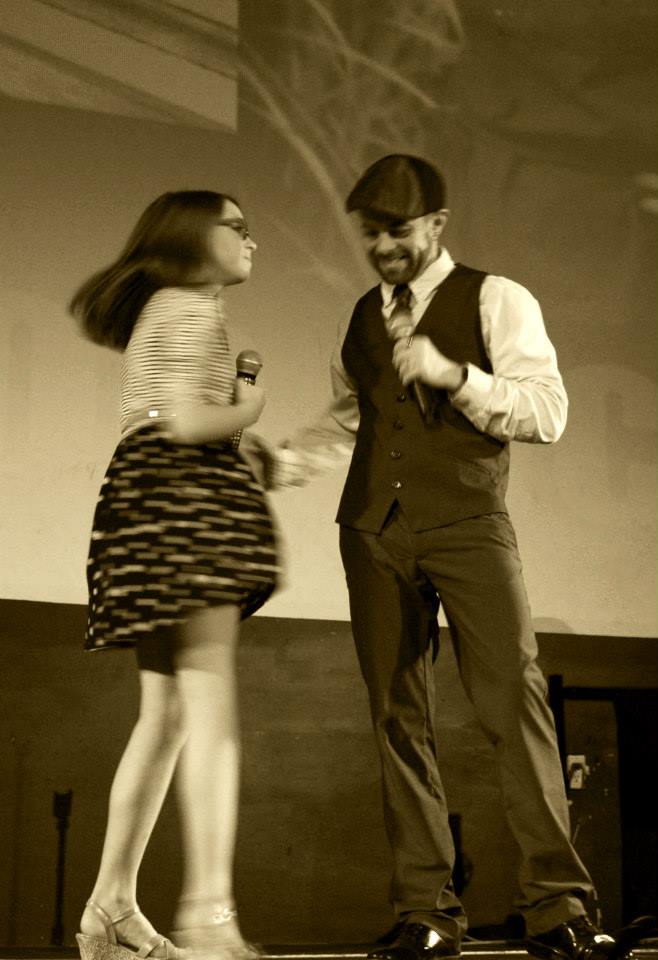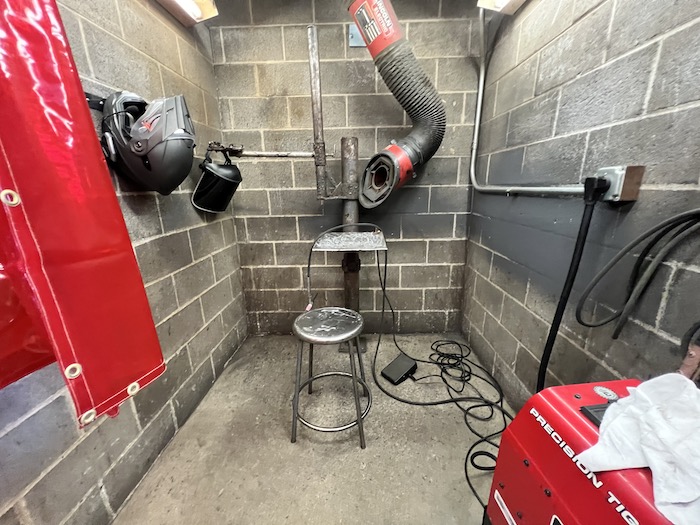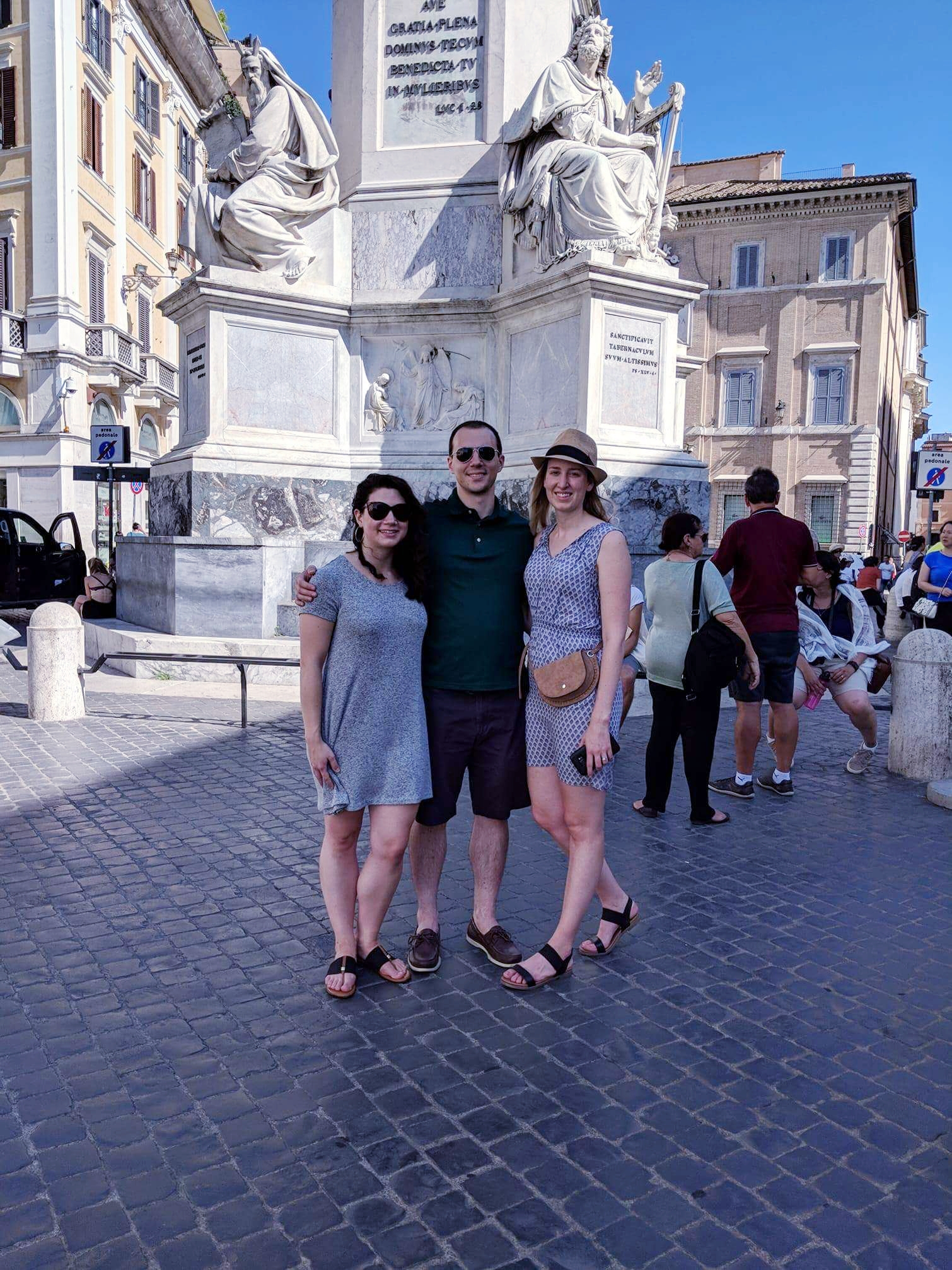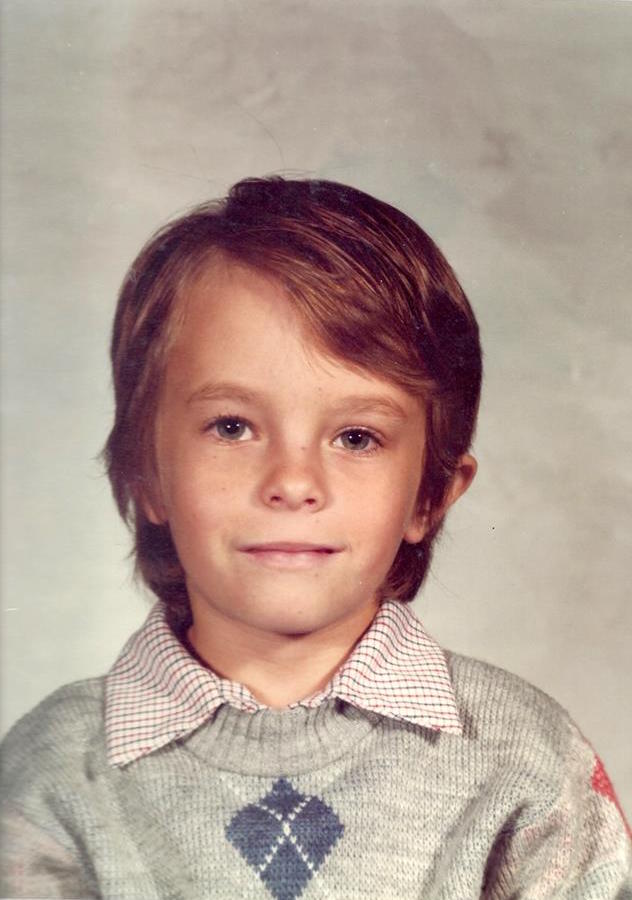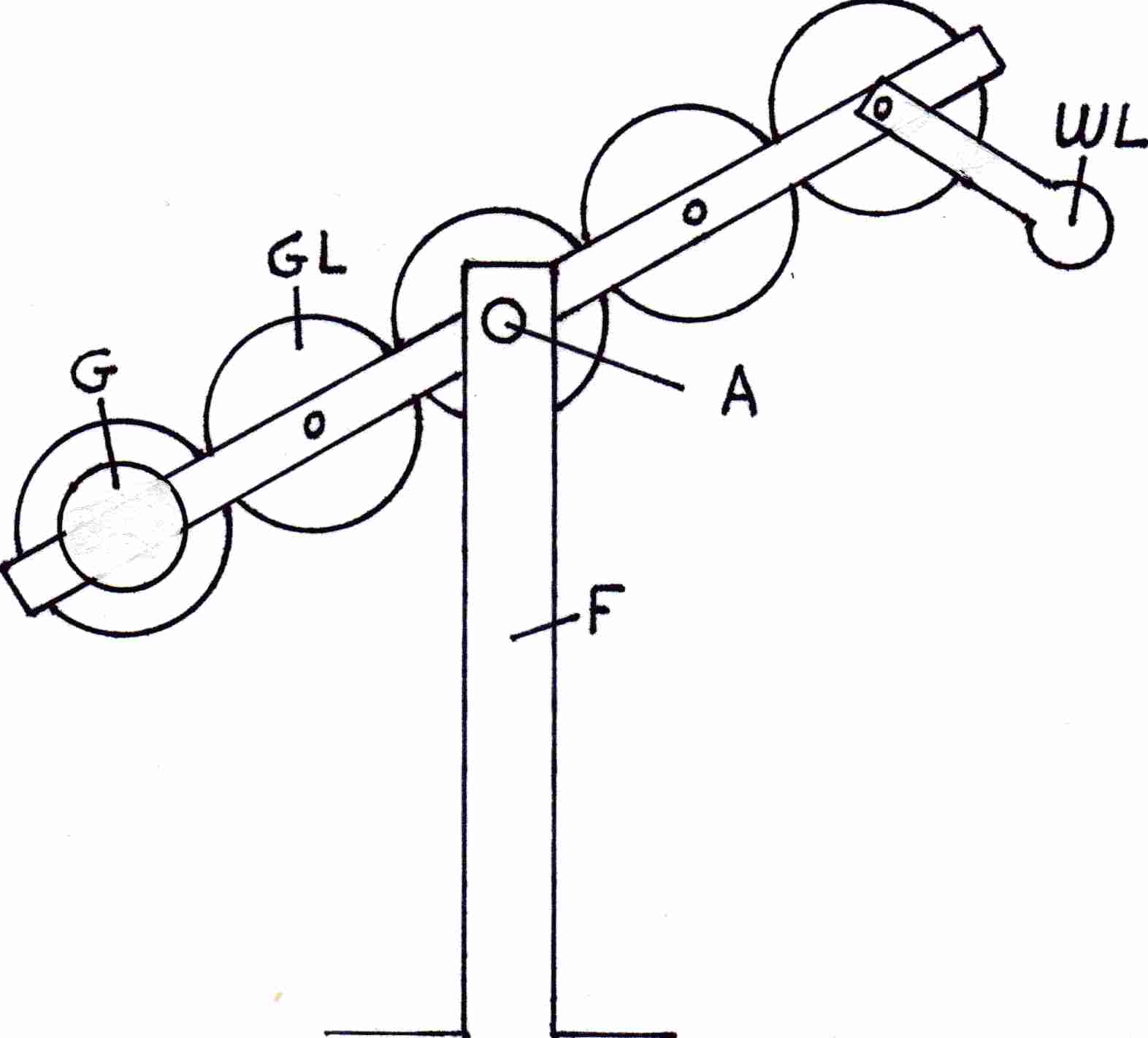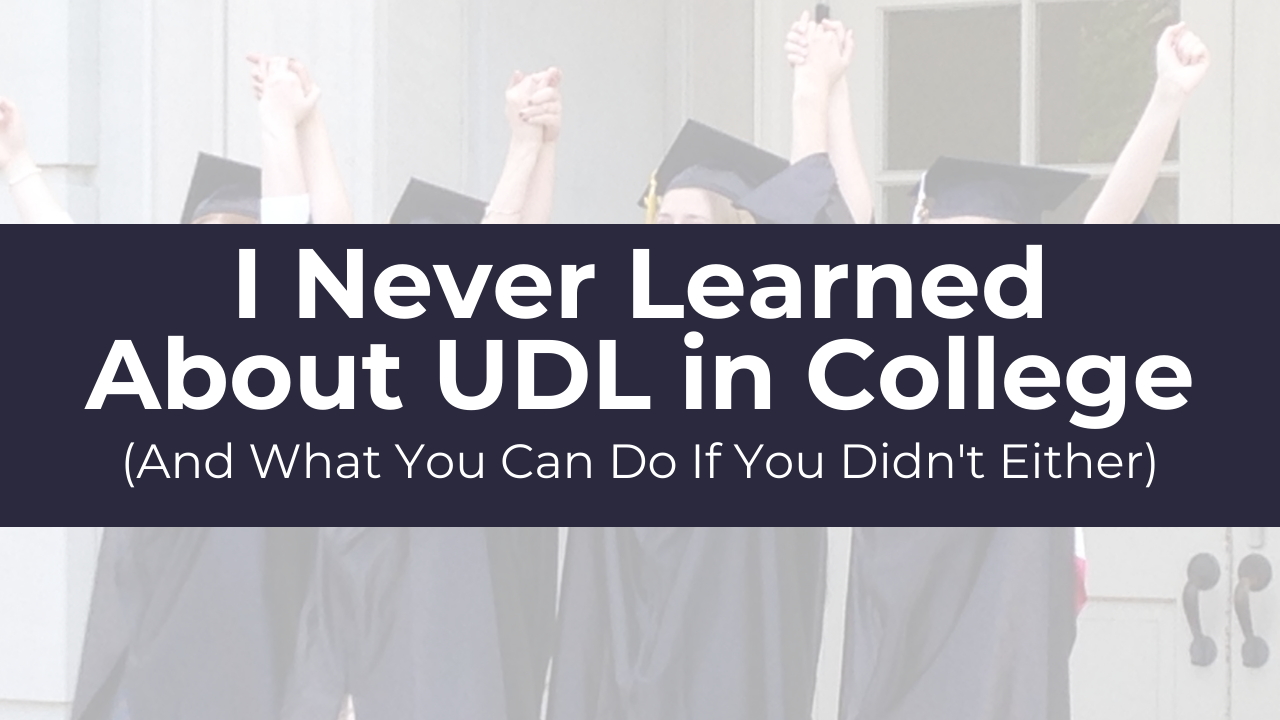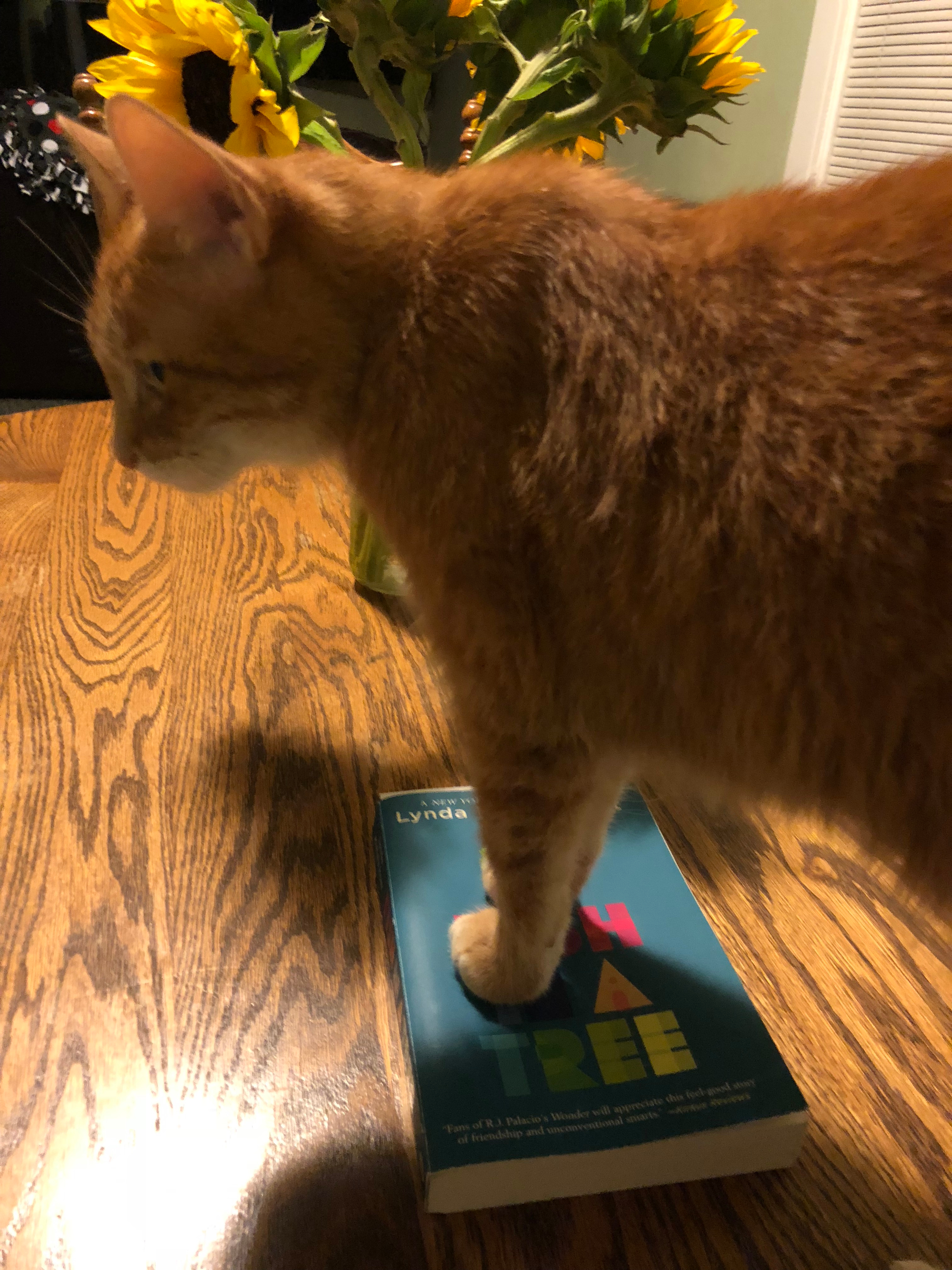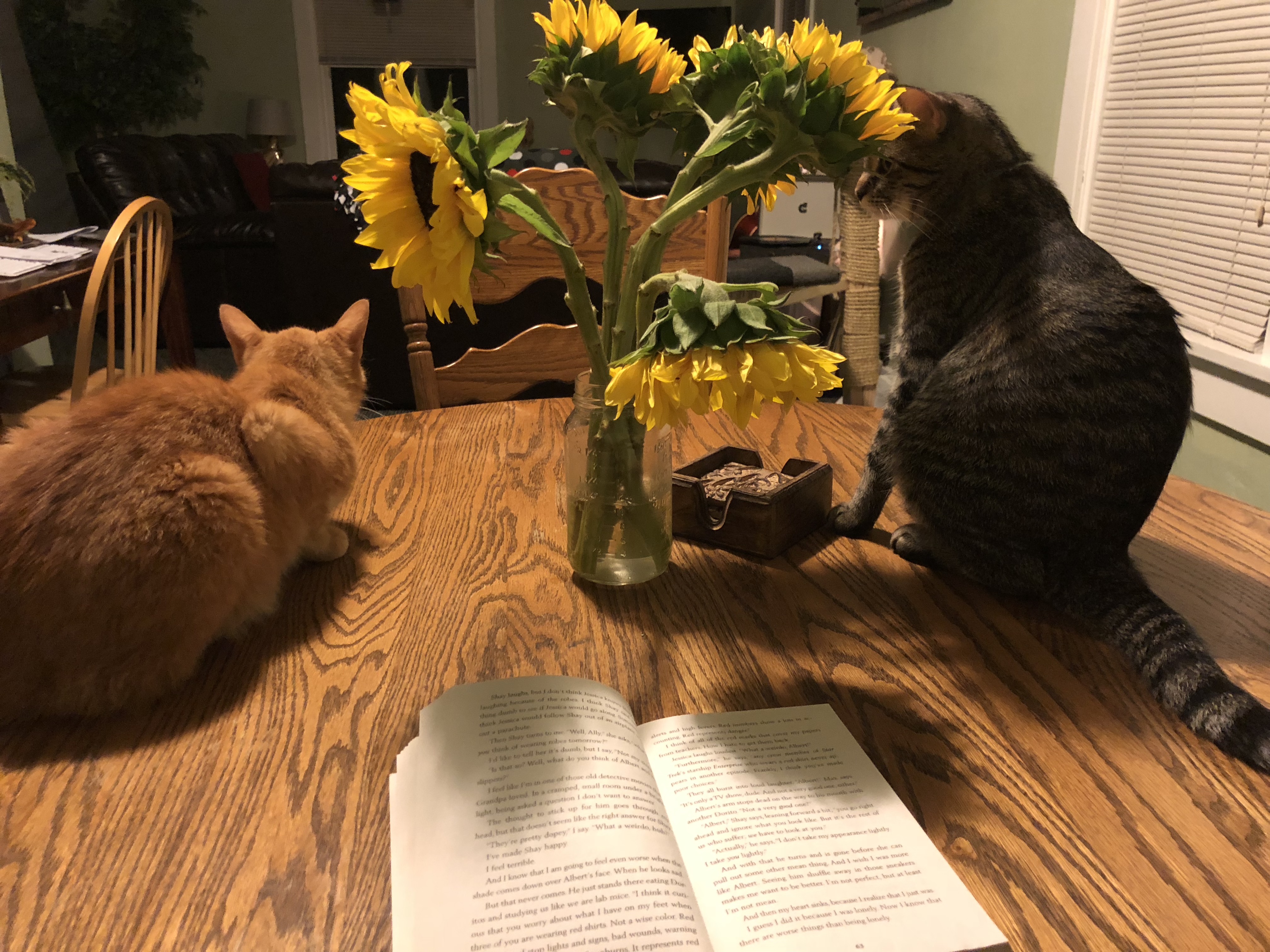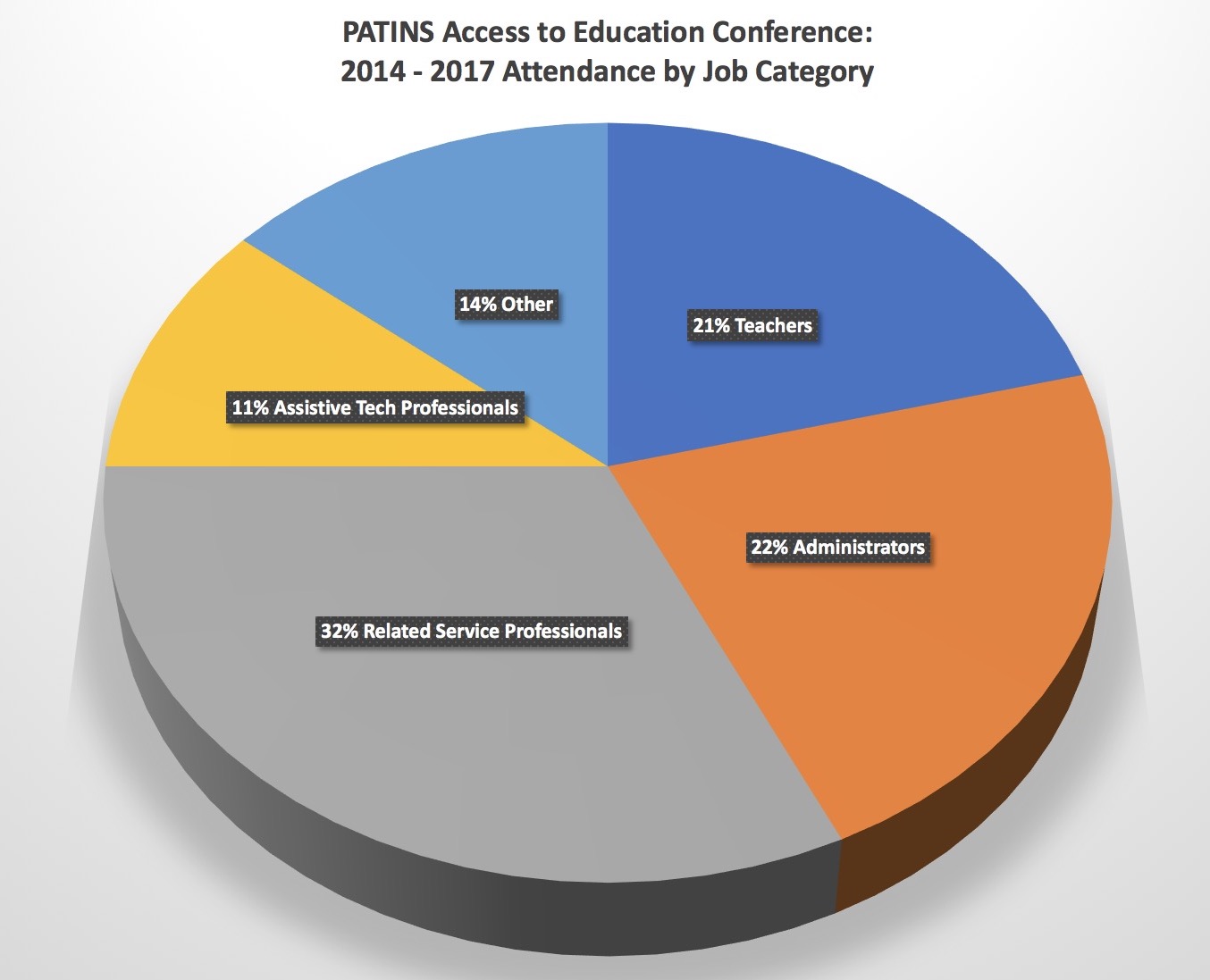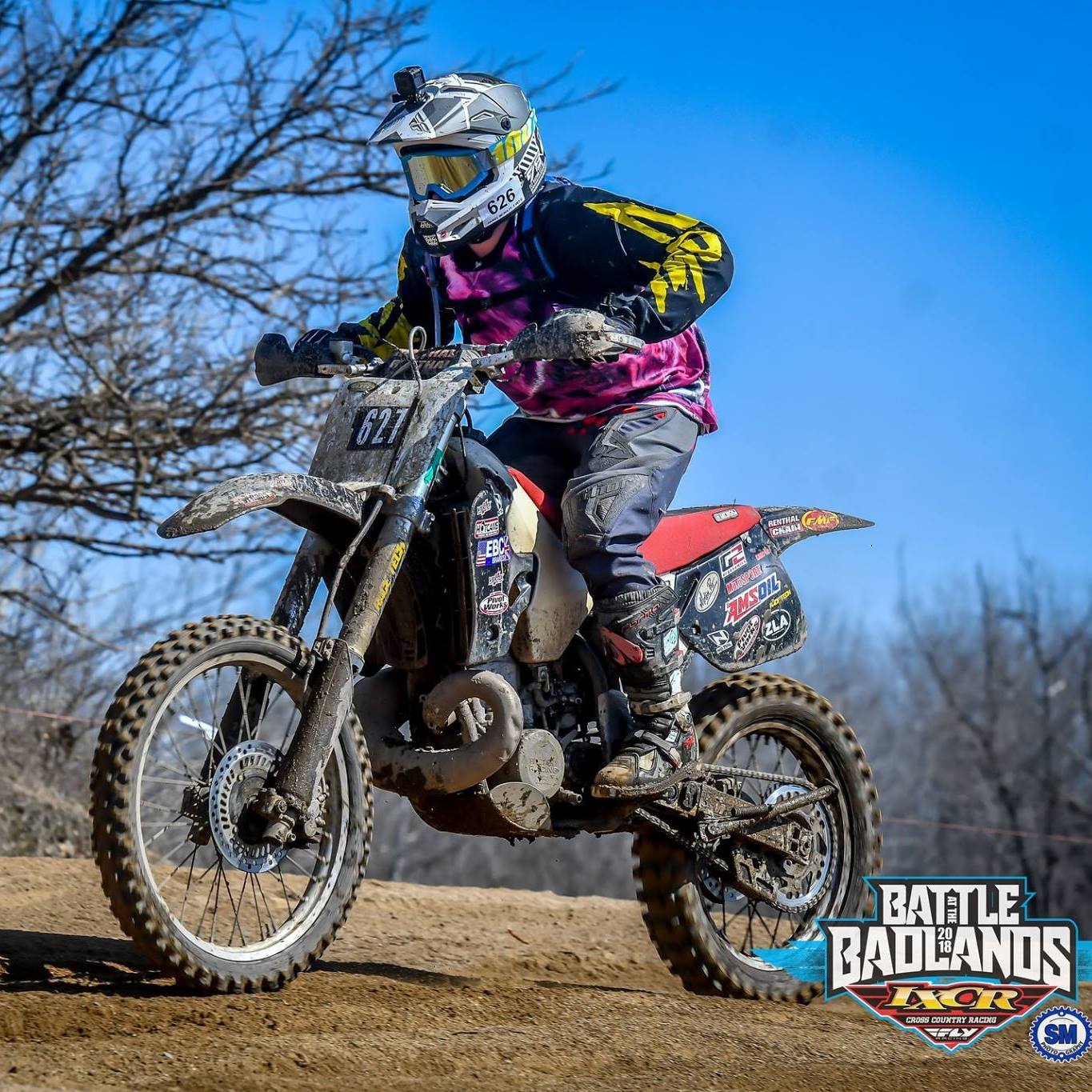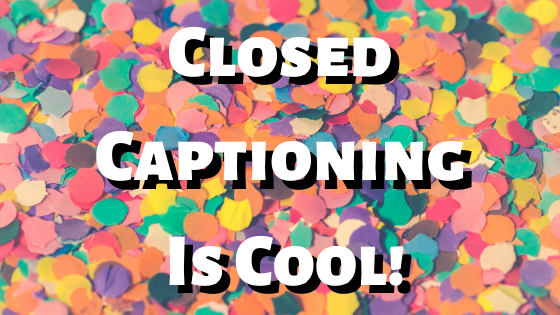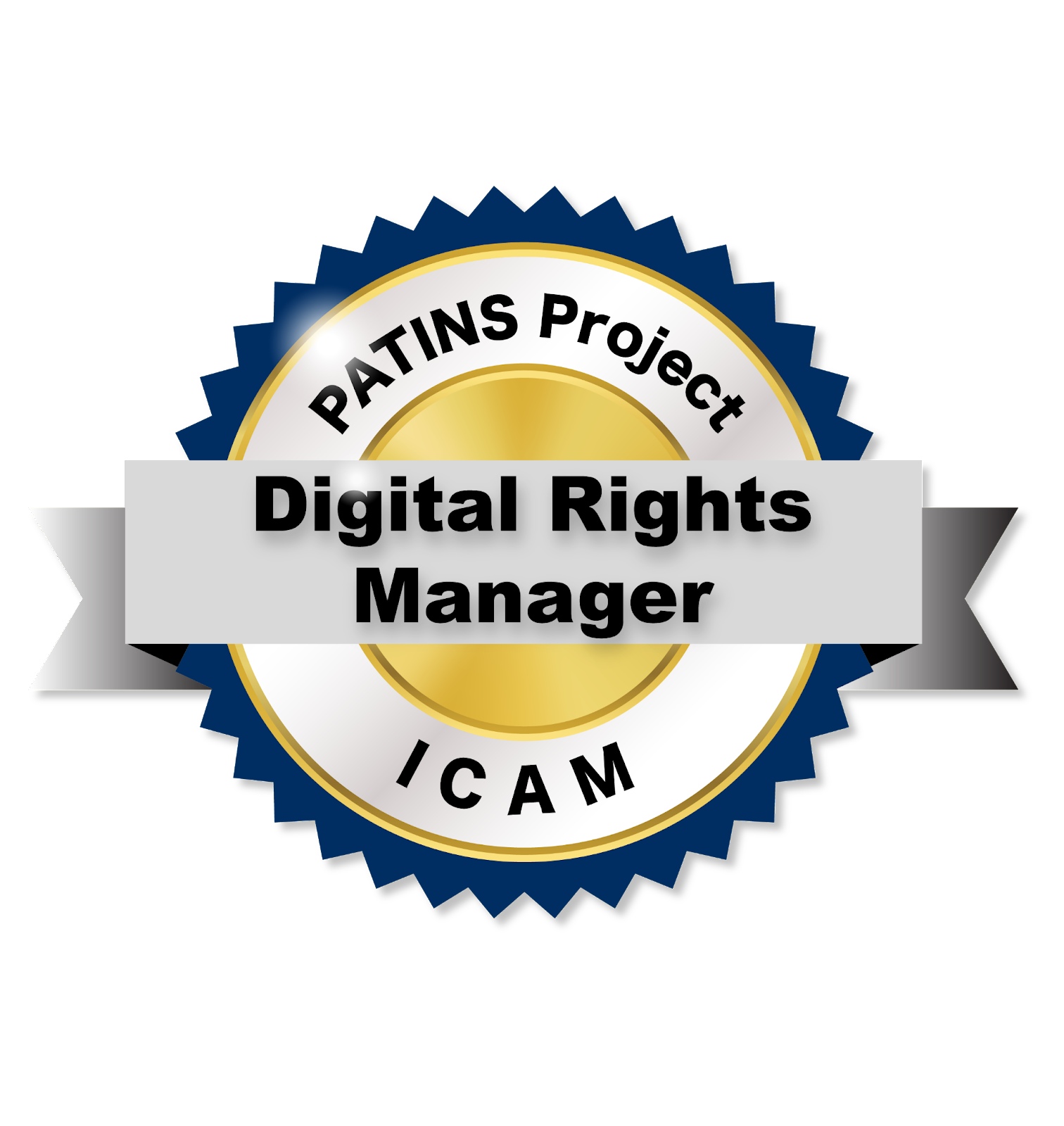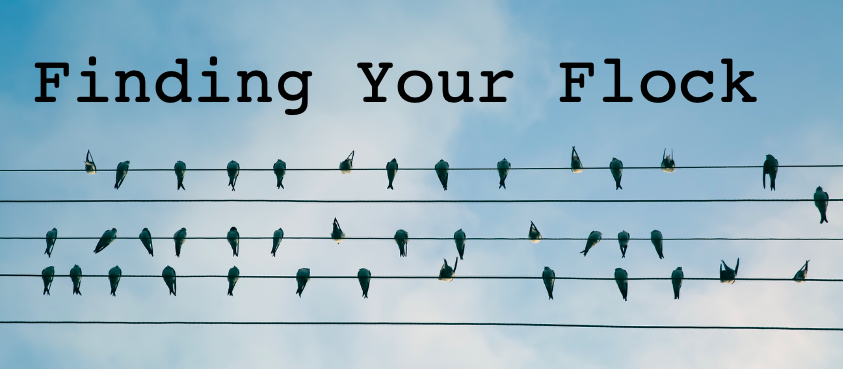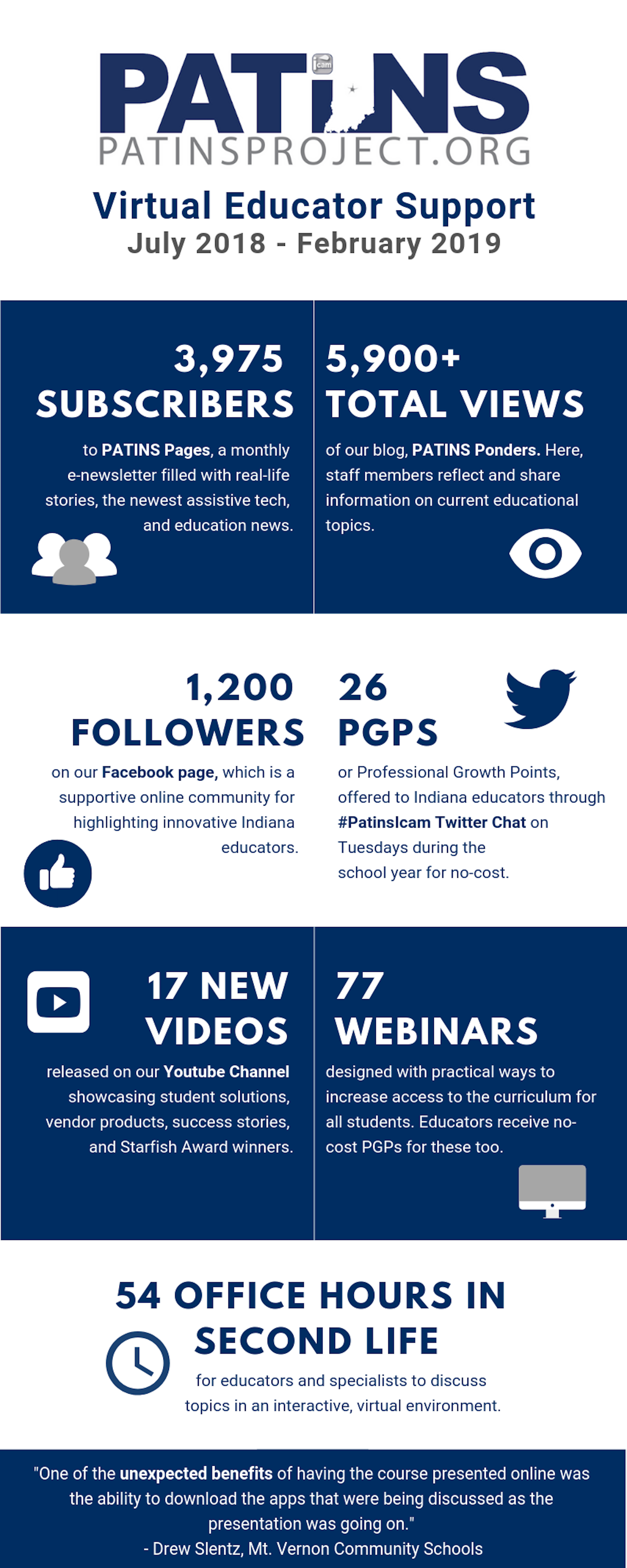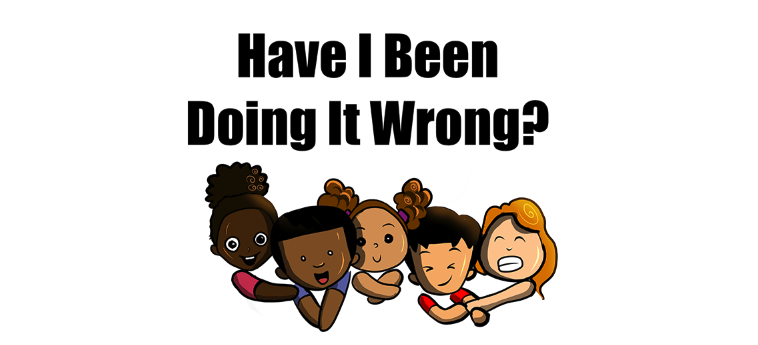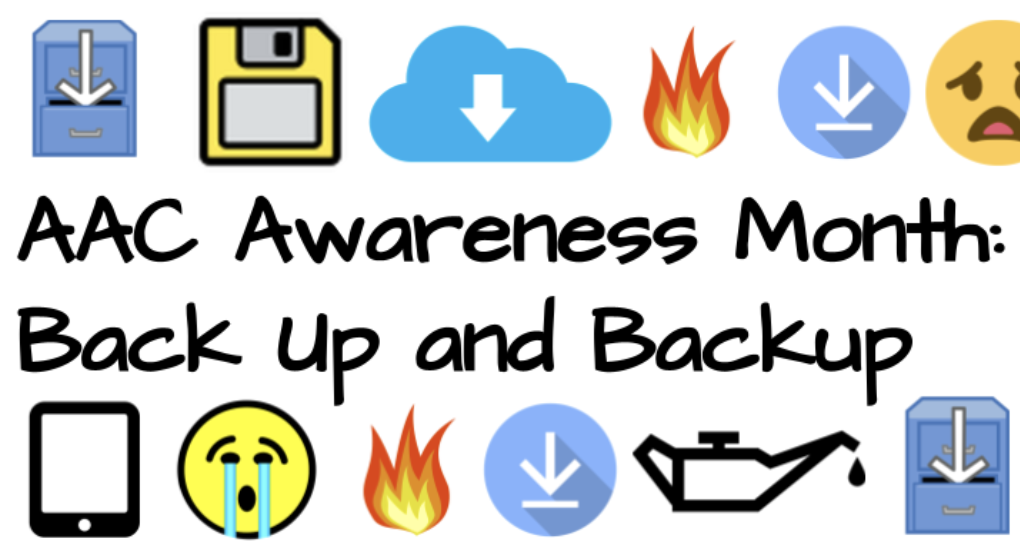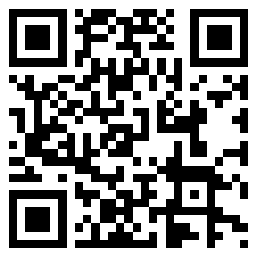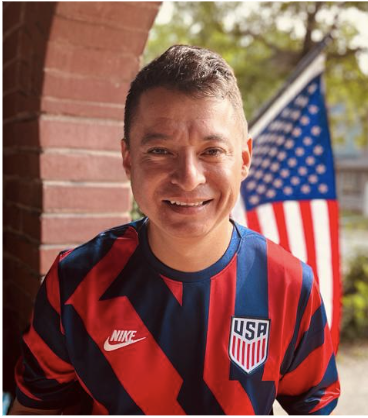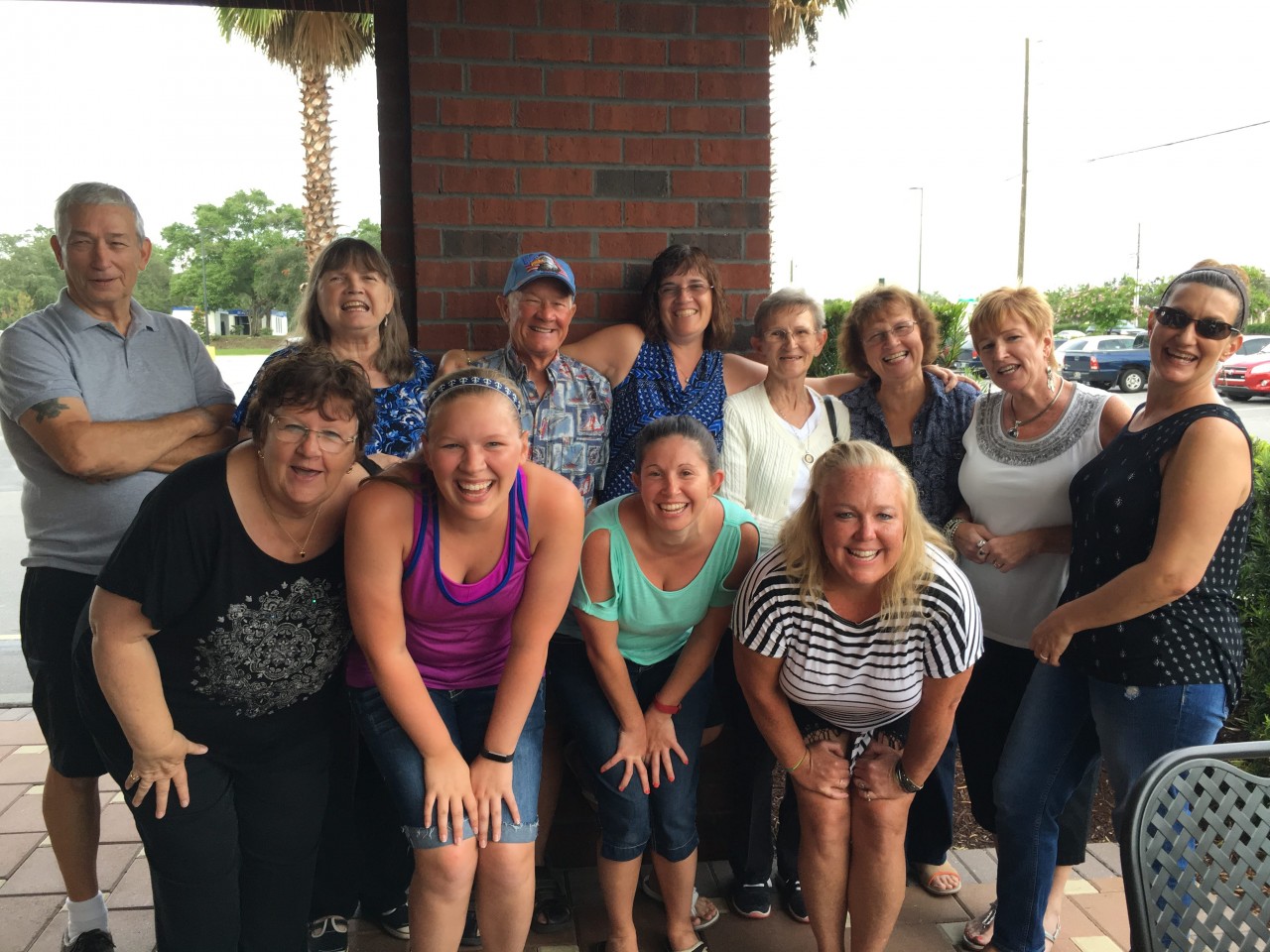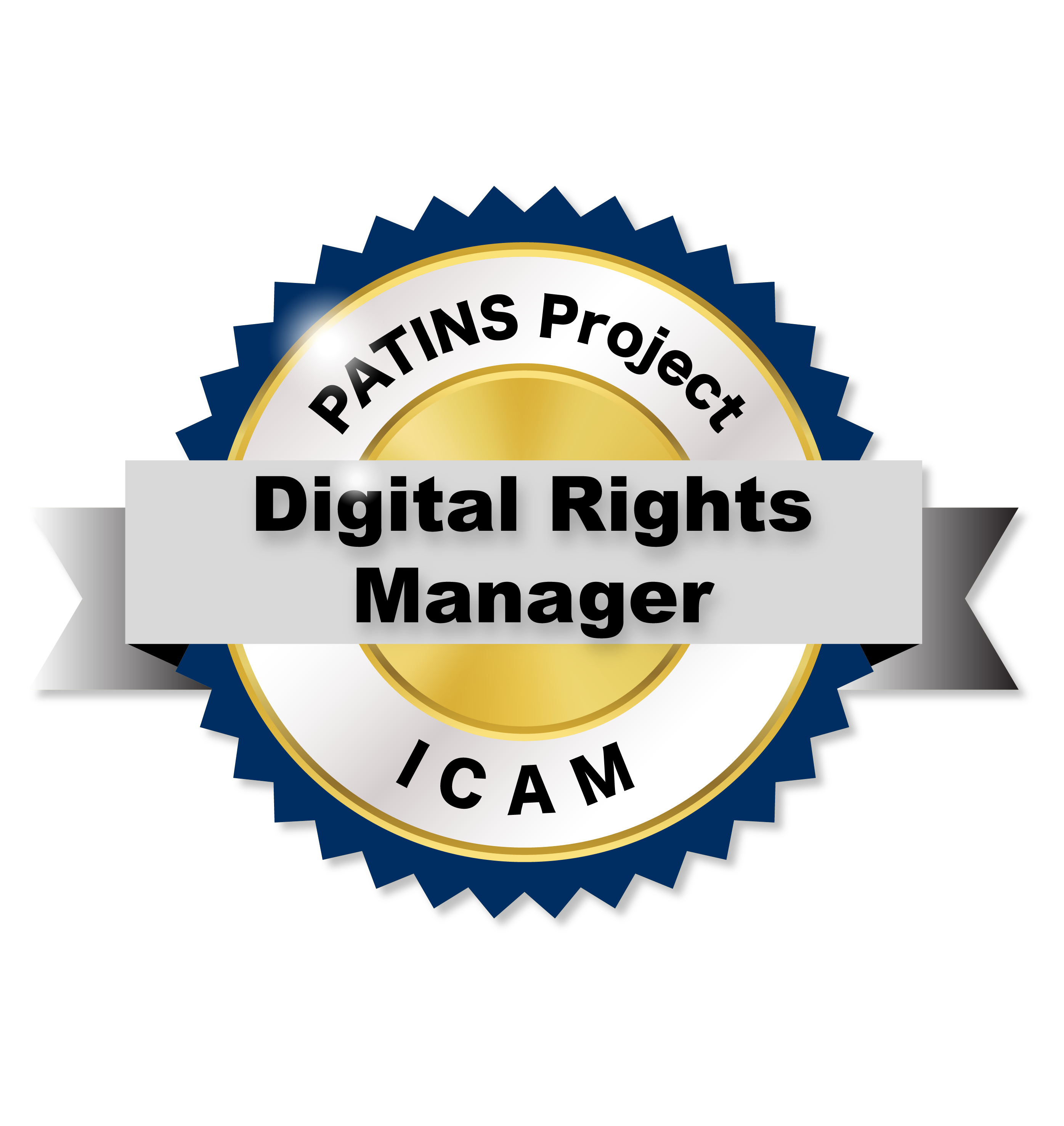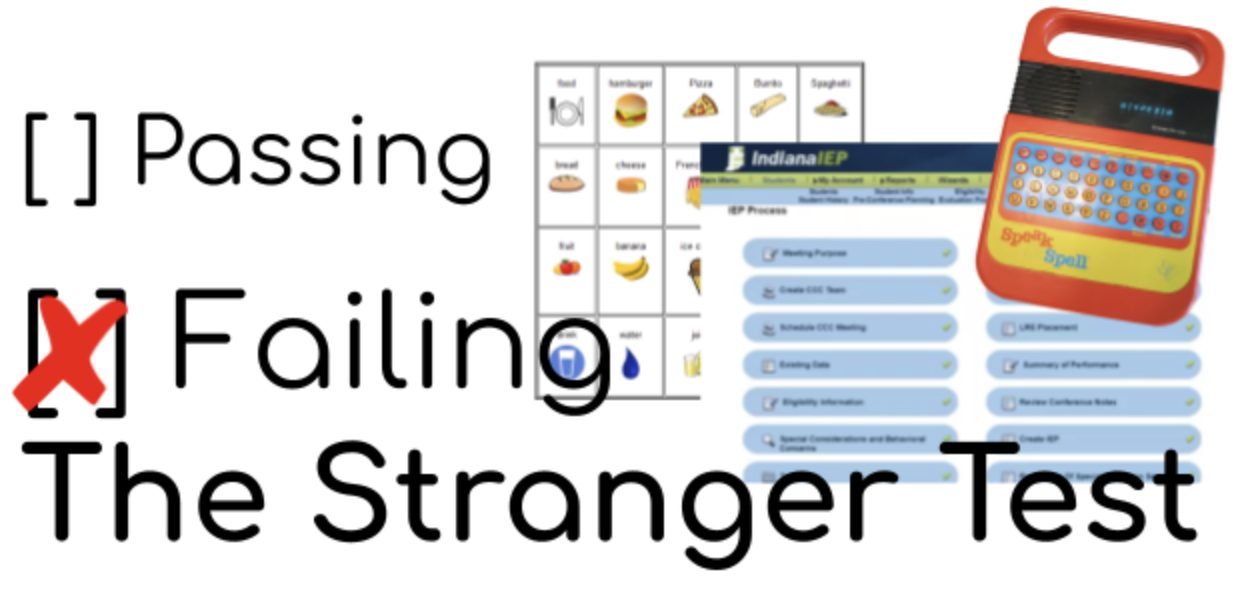Audio Version of this Blog (14 minutes)

This past July, during the Friday evening portion of the weekend’s beginner motorcycle class I was teaching, a young man in the back of the room introduced himself as having gone to high school with my oldest daughter. He mentioned how smart she was and that she’d often helped him with his homework. From that point forward, I kept a very close eye on this lad!

I quickly realized that the student I was closely watching was highly driven, positive, and eager! He was also almost constantly smiling! It turned out he was an outstanding student who wasn’t shy to ask questions and readily accepted coaching. He passed the class and then anxiously volunteered for the first-ever Adventure Bike Class in Indiana, which ended up including a three-hour drive each way for him, more than three inches of snow, and the unfortunate cancellation a couple of hours into the class! Nevertheless, his genuine positivity and smile persisted. I knew then, that I needed to know more about this young man; his past, his education, and the source of his passion for life.

More recently, I’ve heard from more than a handful of educators who’ve shared feelings that I’d associate with overwhelm, stress, and even despair. If our educators are feeling this, their students are likely feeling some of that as well. To feel things differently, we often have to do things differently, and that can take some extreme bravery. So, I reached out to this young motorcycle student of mine and asked if he’d consider sharing pieces of himself as my guest blogger this week!
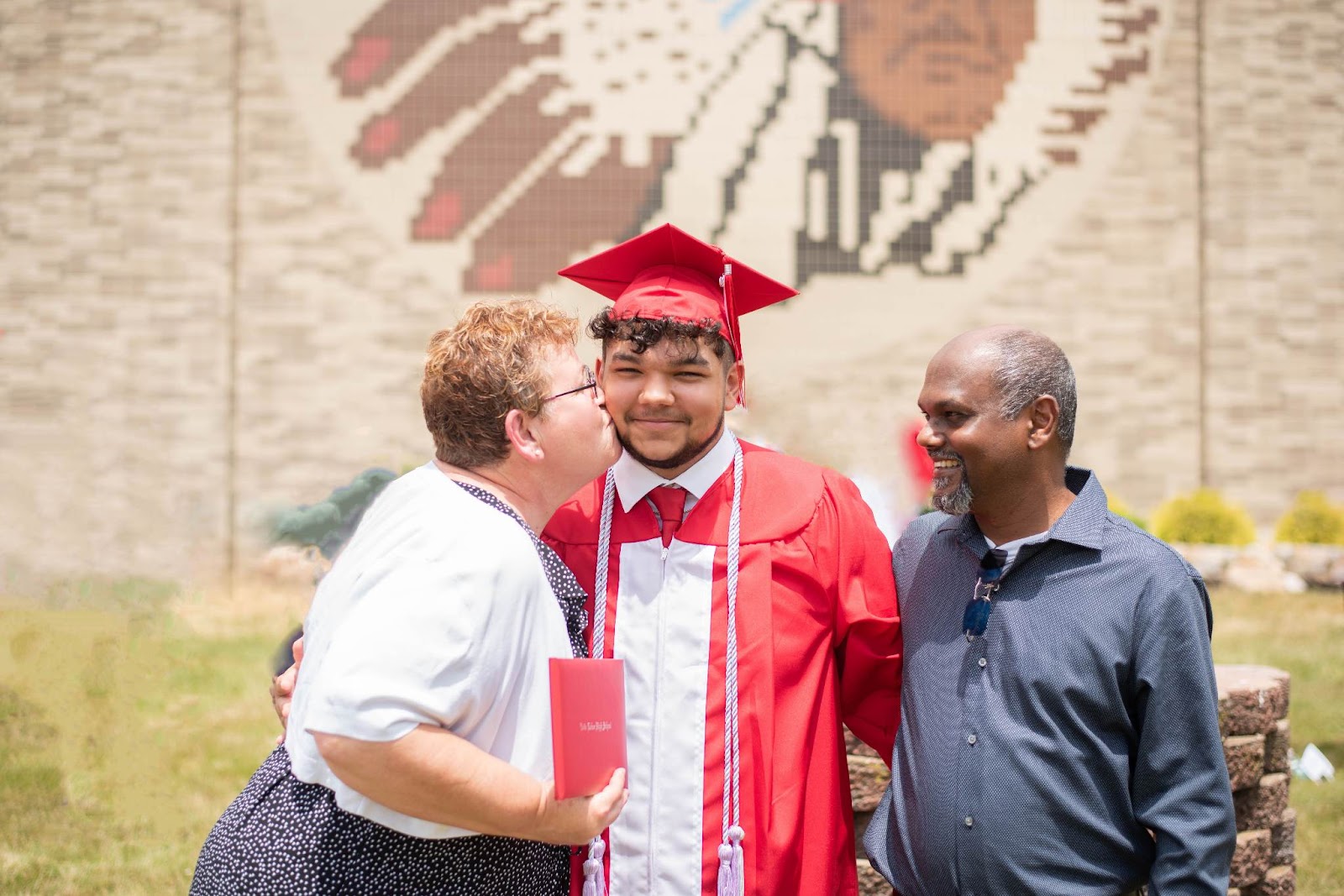
In life, perceived failures, can quickly stop us in our tracks and knock us onto the ground. Whether it’s making a poor grade in school, a bad business decision, dropping your bike, feeling judged, or disrespected by others. These sorts of negative instances in our life can easily push us to give up. I’m Bryce Beharry, and at twenty years old I own my own business and work very closely with the CEO of another business. Every day I help other people market their companies and products to the world. I’ve experienced many hurdles and successes in both my own life, and in the lives of my clients. The one thing I notice the most is that my clients who have seemingly fallen the most, have now succeeded the most! That’s exciting to me! As people, we can learn from setbacks or we can allow them to discourage us. We must stay true to ourselves and our values, instead of always conforming to what might be expected.
School wasn’t easy for me. High school was particularly not easy for me. Nevertheless, It was 2020, my senior year of high school, and I planned to make this year the best yet. I was almost done in my hometown and headed to college, I thought! Little did I know that in just a couple of months, my life path would be flipped inside out and upside down! I often hung around with the “popular” crowd to get through high school, and at the time I thought it was a great thing! It felt good… for a while, anyway. I seemingly had plenty of friends and activities to go to all the time. We had some great times and did some things I probably wouldn’t put on my resumé. I remember feeling like I never wanted those days to end. That was until I woke up one day and realized how much of an outcast I actually was within this group of “friends.” No one else seemed to think about things like I did, or even had similar interests or passions. I eventually got tired of going to parties and talking about the same things over and over again. What were we doing? How did I just realize that we do the exact same thing, day in and day out, and we actually do little to better ourselves or to help someone else? I decided to change my life that very day. I didn’t want to follow the path I was headed down. I couldn’t waste another four years partying away my life at college and likely getting a degree I didn’t really want or need. I started trying to find other people who thought about life in similar ways to me. This would become one of my first major hurdles and it sent me on a wild goose chase. I wouldn’t catch my goose for another two years, however.
I started researching how one might start a business; the ins and outs of the business world. I scoured the internet for hours, read with my eyes and my ears and I auditorily processed all the podcasts I could find. I eventually found what I thought was my dream and I was going after it! I needed to get out of high school as fast as possible, so I put my head down and got to work. I talked with my teachers and counselor and we set up a plan. I was determined to graduate early, which was not going to be an easy feat. A few long, hard months later, I graduated a semester early and had a 16-week head start on the world!
At eighteen years old, I had a high school diploma, a total of $500, and a dream to be a fashion designer. I found out pretty quickly, however, that the market was oversaturated and I would need to rethink my path. This would become the second major hurdle between me and what I’d thought was my dream. I paused my plans to start a business and I got a job working for someone else. I saved some money and I started reading books with my eyes and my ears by successful businessmen and trying to glean their secrets. For $15 a pop, I could access the minds of some of the most successful people in the world. After two years of minimum wage factory work and reading all I could get my eyes and my ears on, I created a custom apparel company of my own and I made my first few thousand dollars. I was on top of the world at first! As my perspective widened, however, I realized the amount of time and work I was putting in, wasn’t even close to being compensated by the small profit I was making. I still wasn’t happy. In fact, I felt quite deflated again. I had worked so hard and my company was failing. I felt lost in life, again, and was planning on going back to college for something I didn’t really want to do; because that’s what people do, right?
In my heart, I was a designer and an entrepreneur. I had been telling myself that every day, confident I could keep my eyes on the prize. Sadly, that hope dwindled, until I received a text from my now business partner. He had heard about some race shirts I designed and created before closing my custom apparel shop and he wanted to work with me! He offered me a job, and even though it would be a pay cut even from the little I had been making, and somewhat of a wild card, I had a feeling that this position represented a more solid bridge toward my passion for business and design and I accepted it. In my first year there, we tripled profits together! My dreams of being a graphic designer and Chief Operating Officer were being reinforced heavily and it was certainly something I loved and was passionate about! I still wasn’t a business owner, but I got to go to work excited most days and enjoyed thinking of ways to grow the business in creative ways! I loved everything about that!
I think it’s important to look back and realize that the obstacles and failures in life were also experiences that helped me to grow, reshape, retool and lead me to my dream job at only 20 years old. I am still overcoming obstacles, as we all are faced with, and learning life lessons that I hope to pass along to others as they hit walls of their own. I have a daily routine at my company. I ask myself and all of my employees, “what is your dream?” I also ask them, “specifically, what are you doing today to make yourself better than yesterday?” Without fail, each one of my employees tells me confidently exactly what they want, who they are, and what they’re doing today to be better! We have created this as a culture at my company. One that encourages perceived failure as an opportunity to learn and develop! We encourage shot-in-the-dark-ideas, and frequently try to evaluate our current situation from wildly different angles!
At 20 years old, I have grown and overcome so much! In the last 1000 words, I attempted to sum up the absolute rollercoaster the last 2 years of my life have been. Without a doubt, I left out some of my triumphs and failures but I hope the general idea comes across. I made some wild decisions, but I was driven by passion. I believe my determination, drive, and passion primarily come from my father. He came from Trinidad to the United States, to be with my mom. It was a whole different world for him but he was determined to make his dreams a reality. Whether I felt he was always the best dad or not, he definitely taught me from a young age to follow my dreams. He always expected hard work from me and he always had the best advice. He taught me how to speak to people and how to never give up. Without my dad, I’d probably be a senior in college, about to get a really expensive piece of paper, that I really had no passion or plan to utilize.
People often ask what made me go into debt over a business that didn’t see success any time soon. My answer is always consistent. We typically interact with children and we ask what they want to be. We hear things like, “astronauts,” or “princesses,” and we might chuckle a little and decide to enjoy youth for what it is! I find that a majority of the clients and people I talk to every day have set limits on their dreams because someone said they couldn’t accomplish them or they didn’t think they were capable. In other words, their perceived failures and negativity in their lives weren’t treated as opportunities for growth and instead served to crush their creativity and hopes. We don’t see that in young children at all. Most people aren’t necessarily at total fault for limiting others, as they were limited themselves. They might be giving you the best they have at the time and sadly that might come from insecurities from their own failures being projected onto your dreams. Find the kid in you and don’t let anyone or yourself say you can’t do it, because I can name so many people that did something that was “impossible.”
If I had to pick one lesson from my last couple of years, it would probably all come back to the concept of being the coffee bean, as the speaker and author Damon West states. If we think about life as a boiling hot pot of water, we might be carrots, eggs, or coffee beans! The carrot sinks to the bottom and gives in to its environment, becoming ever softer until it disintegrates. The egg starts off in boiling water going through failures and challenges over time and creates a hard emotionless depression inside but covers it up with a hard outer persona to hide the inside. The coffee bean, however, changes the water to coffee! These types of people go through life’s perceived failures and challenges with different outlook. Coffee beans change their environment! Inspect the culture of your home, your classroom, your building, and your office. What do you notice? In many of my client's companies, I see people being carrots and eggs! Be a leader by example in all aspects of your life! Being a leader isn’t a title you’re given. When you lead by example others look at you and follow your footsteps or they run out of fear because they’re not ready to be a coffee bean! Examine your core values as you’re becoming a coffee bean. What are the things that you value? What does your work team value? What do your home and your family value? Try to exemplify those values everywhere you go, every time you speak, and every time you plan your day when you wake up!
As I try to be a coffee bean myself, I do some things that a lot of people are not super excited about. I know I am an extremely lazy person if I let myself be. I would love to lay in bed most days, but I don’t. I often start my day at 4am and end it at 10pm. I make myself stick to this schedule as it is the most productive way of life for my path right now. Whether it’s working in the gym, the office, or in my own relationships, it is important that I stay working. I know this about myself. This lesson is one of the primary reasons I am doing what I love doing right now, at 20 years old. Entrepreneurs and intrapreneurs aren’t the only people that need to know how to be a coffee bean, however. Your students, your kids, and your staff deserve the best example possible! Don’t become the softened carrot or the hardened egg by your perceived failures or by the negativity around you. Exemplify for your learners, that those failures are stepping stones and that we grow the most by embracing them as such!

We can embrace failure in education in hundreds of ways every single day! Realizations that one size usually doesn’t fit all learners in our classrooms, potentially trialing many different Assistive Technologies from the PATINS Lending Library, acquiring Accessible Formats of instructional materials from the Indiana Center for Accessible Materials (ICAM), and requesting technical assistance, training, consultations meeting, and professional development from the PATINS Specialists are all productive, no-cost ways to learn, grow, and change the culture around you! PATINS is eager to provide Indiana schools with Technical Assistance (TA). If you are seeking TA with/from PATINS, please fill out the IDOE TA Request Form to get your TA Request fulfilled.

